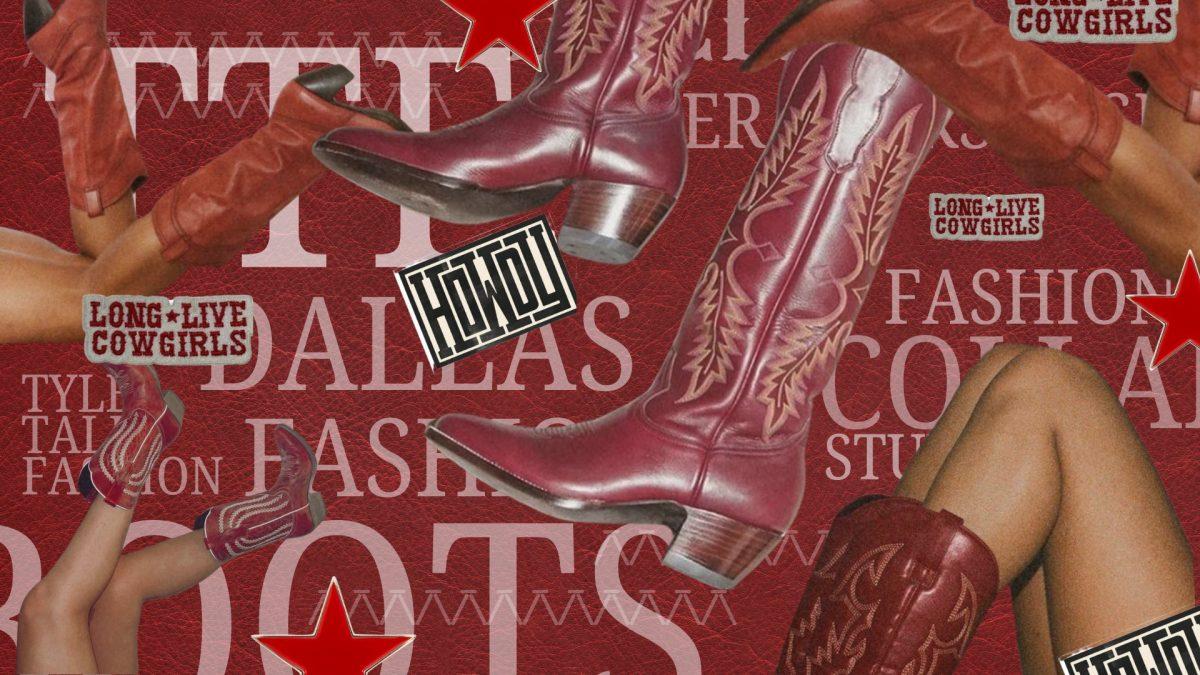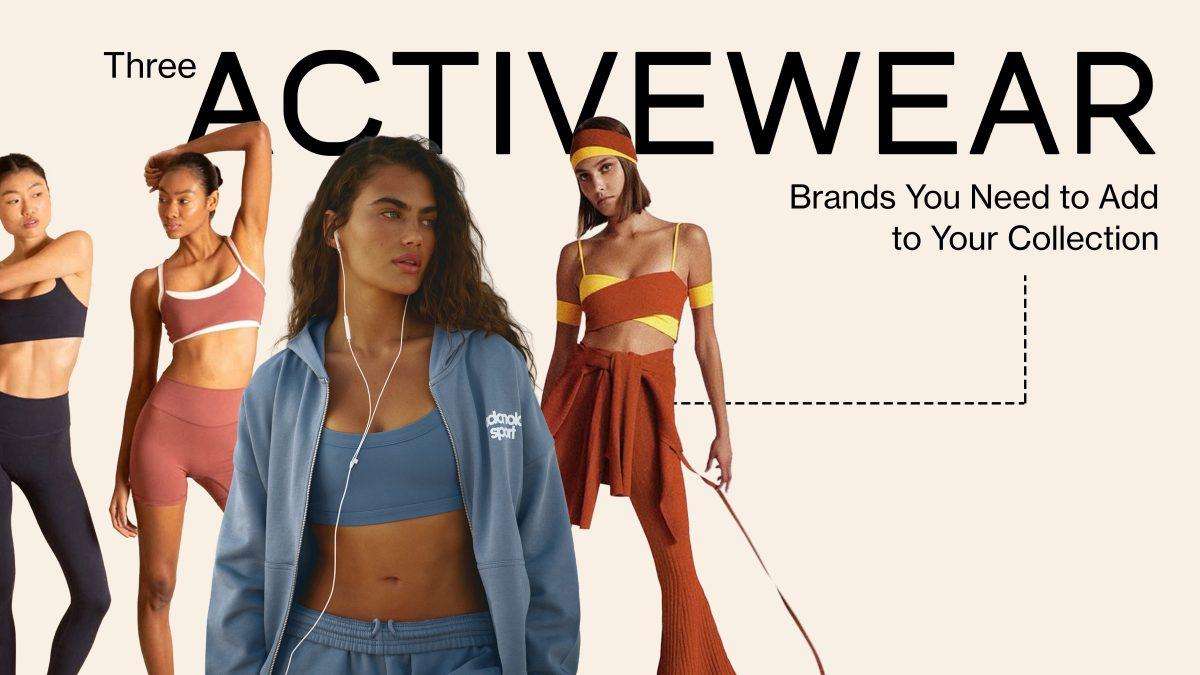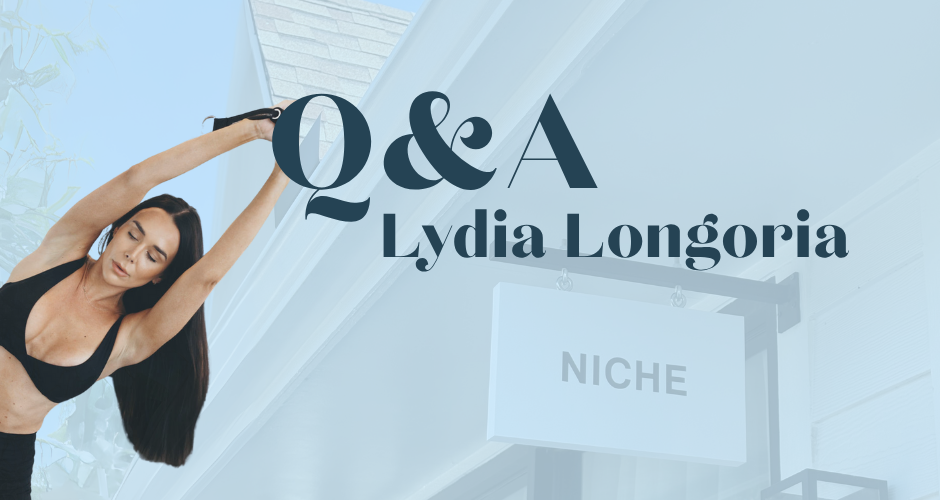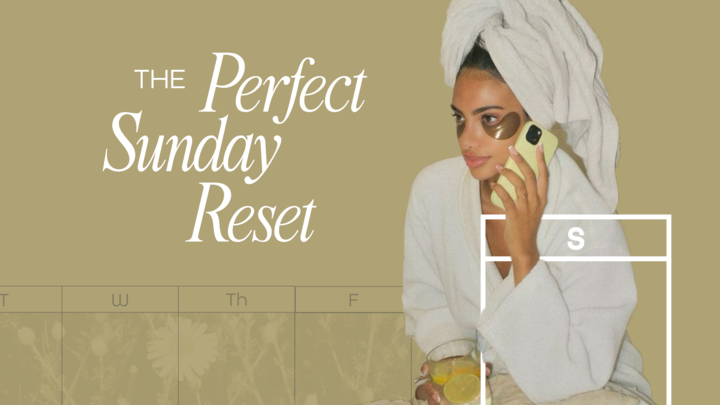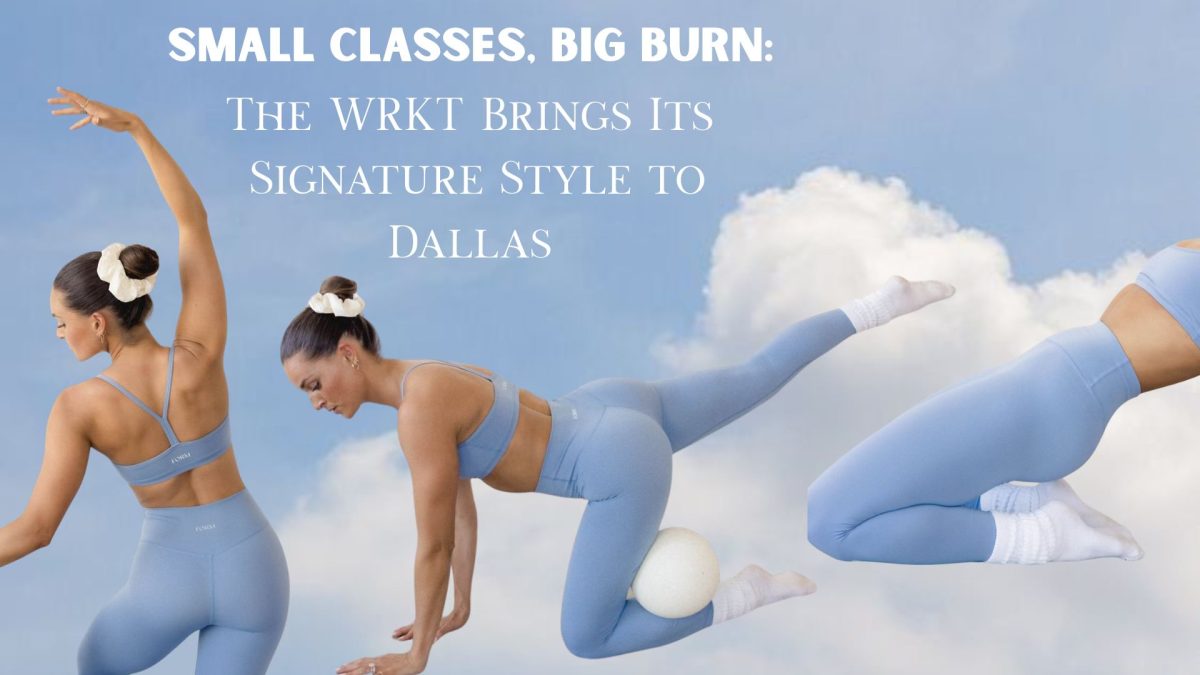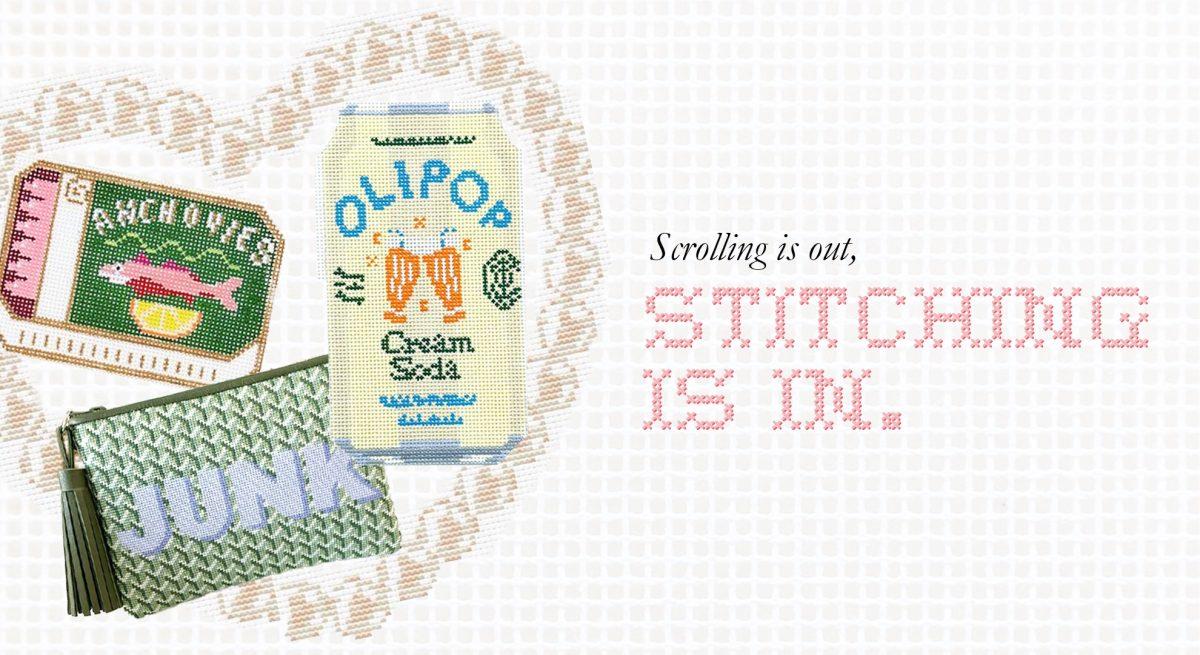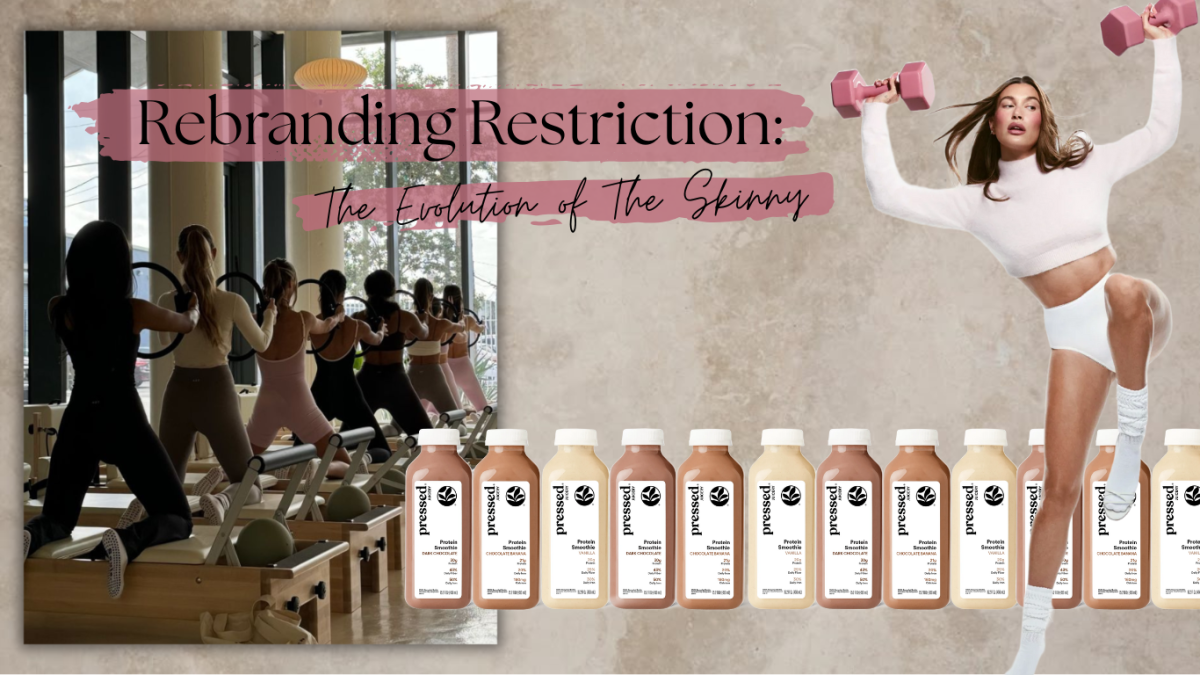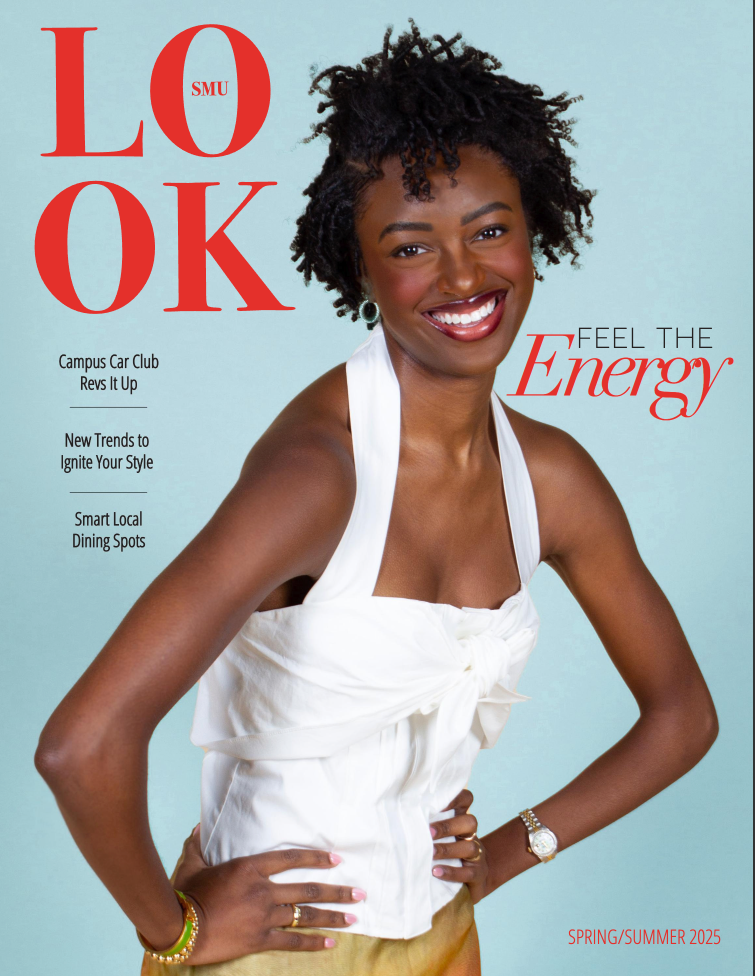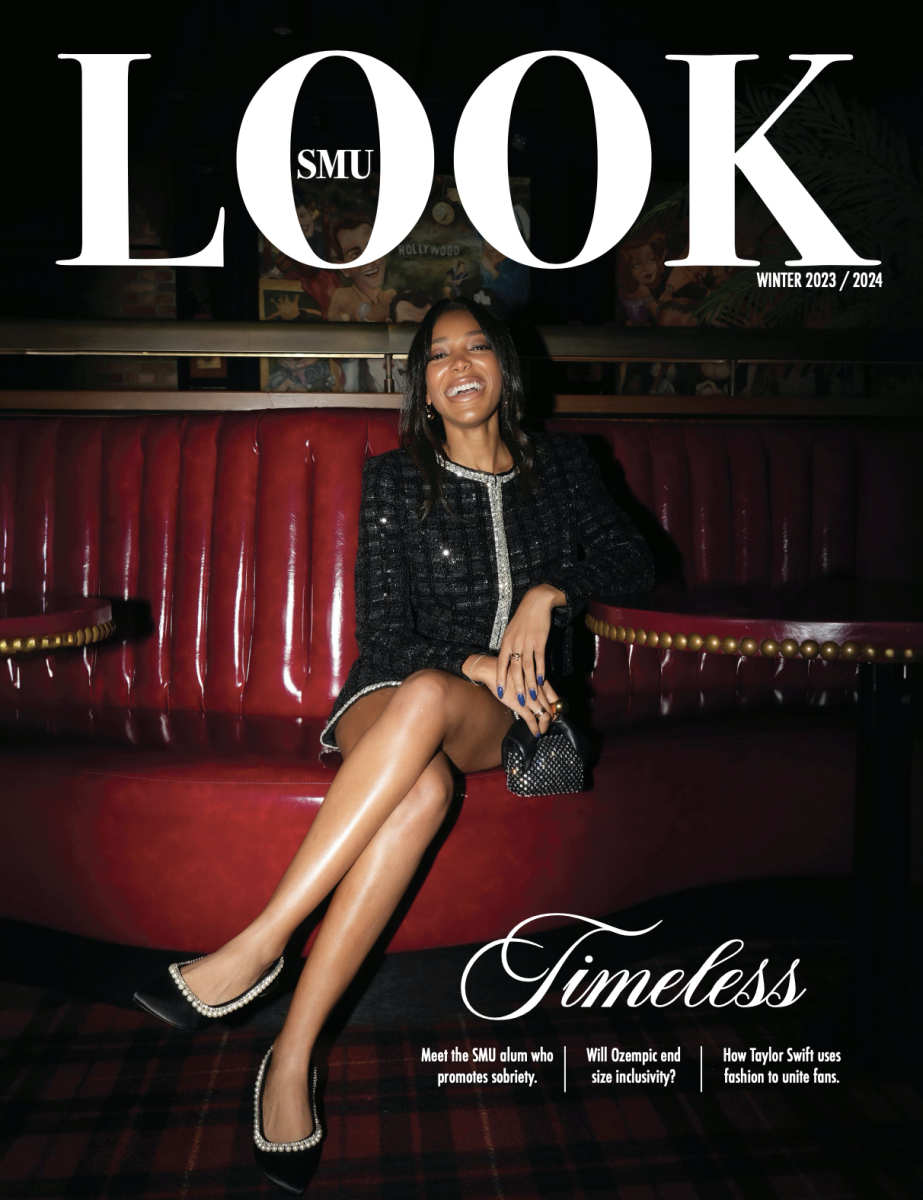By Ripples Turquand
As you step into SMU’s Dedman Center gym, you’re greeted by the clang of heavy weights and a sea of lifters, predominantly men. However, across town, you’ll step into a Pilates studio where SMU girls are flowing through a precise and controlled workout. Pilates and lifting seem to be as different as night and day – one environment thrives on heavy iron, while the other focuses on mindful motion.
I reached out to May Hoehn, my former personal trainer in San Diego, CA, for more information on weights. Specifically for women, May recommends “eating 1 gram of protein per pound of goal body weight, and at least 2-3 days of weight-lifting” to maintain figure. When you look good, you feel good! Since Hoehn is a dietician, business owner, and health fanatic, I trust her advice.
What are your thoughts on pilates?
“I love pilates for core strength. If you already have good muscle mass, then you can perhaps maintain that with Pilates. However, for muscle building, I have found that lifting weights is far superior!”
Stability, tone, flow. Using a series of approximately 50 repetitive exercises, Pilates emphasizes bodyweight resistance through the use of lighter weights (under 8 pounds), small equipment such as balance balls and bands, and controlled movements. Pilates mainly targets the abdominal wall, improves your flexibility, and builds strength over time. While it builds some muscle and tones your arms, it is less effective for hypertrophy because of the low resistance.
What do you recommend people do for muscle definition?
“In my experience, resistance training and weight-bearing exercises have allowed for the best results in creating muscle definition. You need to lift past your comfort level to create adaptation and allow the muscle to grow. Eating a proper diet with adequate protein (for your age) is also important for muscle protein synthesis.”
Instead of pushing limits on the reformer or in a heated mat class, lifting is about pushing limits with heavy weights. In the gym, you’ll see barbells loaded with plates, lifters focusing on heavy squats, deadlifts, and bench presses. Each of these different routines targets different muscle groups for the optimal burn – that’s why you might hear a friend say “it’s leg day.” However, that’s code word for working out the calves, hamstrings, quadriceps, and glutes. And “arms” is slang for biceps, triceps, and forearms.
What do you believe is the “sweet spot” with weights?
“The sweet spot for me is going 1 inch (or 1 rep) past your comfort zone. If you stay in your comfort zone, progress is slow. You need to push a little more (whether it’s reps, weight, incline, single-leg, etc.) to ‘build’ and see results. For me, that is always sweet!”
What truly sets these fitness worlds apart, and which is right for you? Beyond the atmosphere and demographics, the real differences in pilates versus lifting lie in their approaches to strength, movement, and mindset.
Pilates is a moving meditation with a surprise burn. It leaves you shaking on the reformer and your inner muscles craving the next class. Deep breaths will guide you through it, but in lifting, grunting will do the job. Pilates fosters body awareness and serenity, whereas lifting is mental warfare.
Why might going to a gym be daunting? Inspiring?
“For some people, the ‘daunting’ part might be the process of getting dressed, driving, parking, creating the workout routine, waiting for machines or equipment (if it’s a big, crowded gym), or not knowing how to change the weights, etc. I understand all of those obstacles. But like anything else, once you do it a few times, it becomes routine. Most things that matter and are important do take time and thought. Inspiring? When you put the time and effort in, you will get results! They may not always come as fast as you like, but every day you train is a day closer to your goal!”
But what’s the verdict?
Sadly, there’s no wrong door to walk through. As a young college student, I personally enjoy a mix of pilates, lifting, and running, as mixing up my routine prevents mental and physical burnout, and targets different muscle groups each day. Say I’m after muscle definition, so I will increase my protein intake and reps with weights; or say I want a glutes-and-abs burn, I will walk into my favorite Pilates studio.
Do what is right for your own body.





